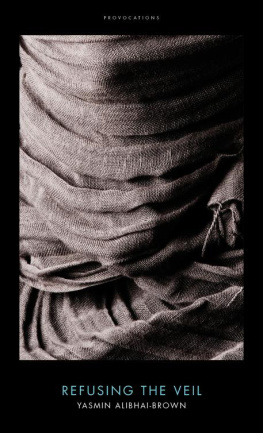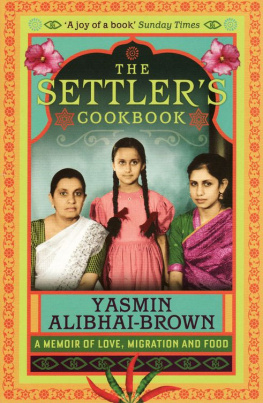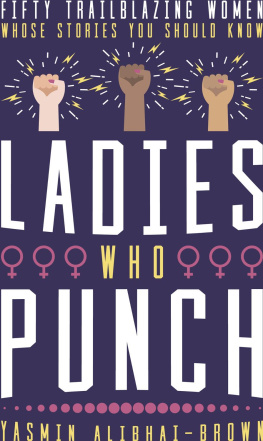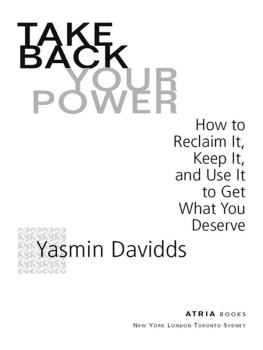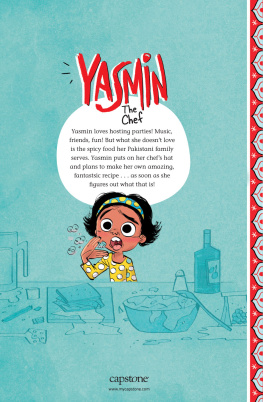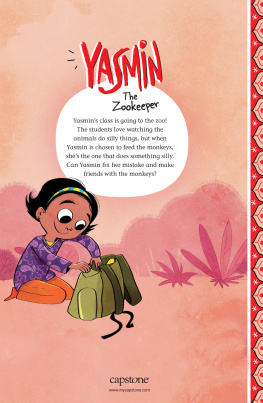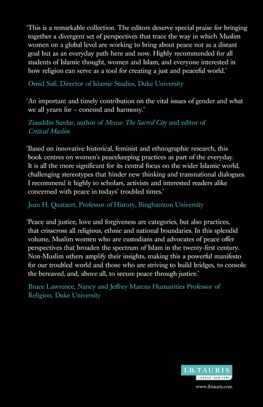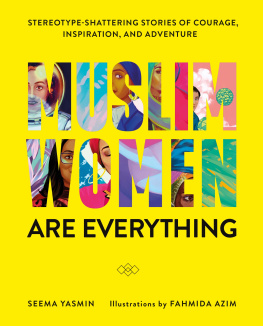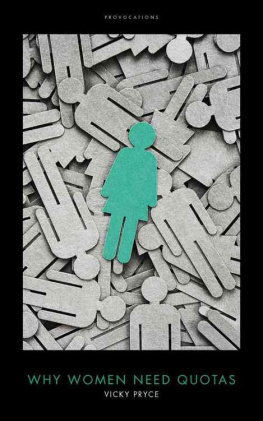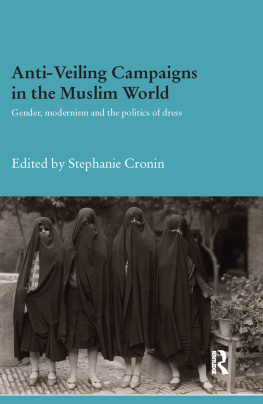Common usage of these terms I am listing the most common types.
ABAYA : Saudi long coat or cloak, mostly black.
BUIBUI : The same as a burkha, worn in Zanzibar and coastal areas of East Africa.
BURKHA : Full body and face covering, sometimes with lattice over the eyes.
CHADOR : Iranian, black, full-length, loose coat or cloak.
DEOBANDI : Established in 1867 in India, these Muslims follow a strict form of Sunni Islam based on certain texts and sources. A significant proportion of Muslim migrants to Europe follow these strictures.
EID : Two annual celebrations. One to mark the end of Ramadhan; the second honours Abraham who was ready to kill his son Isaac on the orders of God as a test of faith (this story is in the Book of Genesis).
FAKIR : In common usage, it is a person who gives up worldly goods and follows a life of mysticism and purity.
HAJJ : Annual pilgrimage to Mecca that is a duty for all Muslims. It honours Abraham who was ready to kill his son Isaac on the orders of God; it was a test of faith. This story is in the Book of Genesis. As men and women walk around the Kaaba (the block of stone covered in black), they pray as equals, humble before Allah. The experience brings elation, affirmation and renewal.
HIJAB : Head covering, including bands across foreheads and around the neck and shoulders.
ISLAMIC : Generic term used to describe faith or practice. So, for example, Islamic schools teach religion and behaviours expected of those who follow the faith.
ISLAMICIST : This term has come into usage since 9/11 and refers to those men or women who reject all other world faiths and various forms of worship in Islam. They also tend to promote political and social domination, sometimes violence.
JILBAB : Full body coat or cloak.
MUFTI : A scholar and respected authority on Islam and Islamic law. Ayatollahs are the same. Imams tend to be more focussed on practice and are considered experts on what good Muslims should try to do. Some Muftis, Ayatollahs and Imams are flexible, wise and thoughtful; others are authoritarian.
NIQAB : Full body covering, including the face; only the eyes are visible.
PACHELI : Light scarf, often coloured or patterned, made of silk or chiffon worn by some Shia Muslim women of Indian heritage. It is similar to scarves worn by Sikhs and some Hindus.
SALAFI : A nineteenth-century movement that is as rigid as Wahabism, though Salafis assert they are not the same. They emerged out of the fraught encounter between colonial Europeans and subjugated Arabs. In essence, they are literalists and purists who tolerate no dissent or choice in practice. The ideal is to return Islam to the days of the Prophet and replicate the lives of believers back then. Extremists tend to come from this intolerant doctrine.
SHALWAR KAMEEZ : Trousers and tunics worn across the Indian subcontinent and by British Asians of all faiths.
SHIA/SUNNI : After the death of the Prophet, early converts to Islam had to find a leader to guide them through the years that followed. They discussed, argued and disagreed over whom that should be and the basis of the selection. Succession divided Muslims and this schism, if anything, has become deeper and more violent in modern times. Some backed the claim of Ali ibn Abi Talib, Muhammads son-in-law married to Fatima, which they (Shias) believed was what the Prophet had decreed. Others, however, followed Abu Bakr, a trusted companion of the Prophet and father of young Aisha, who married Muhammad and led armies to fight Ali. These believers (Sunnis) are the dominant majority in Islam today.
SUFI : Muslims for whom Islam is a search for spirituality and an intense connection with God through meditation and personal struggle. They are guided by Imams as they go on a personal inner journey to salvation. It is the quietest and most introverted of Muslim faiths. Sufism is considered blasphemous by some hardline Sunnis.
RAMADHAN : The month in the lunar calendar when Muslims fast all day, from sunrise to sunset. They do not eat or drink anything. It was one of the injunctions in an early revelation to the Prophet. The fast teaches discipline and empathy for the poor.
WAHABI : A form and doctrine of Islam, officially imposed in Saudi Arabia. An eighteenth-century Saudi cleric, Muhammad Abd al-Wahab (170392) started it all. He was puritanical and, with the support of some key tribal leaders including Ibn Saud, was able to establish a regional power base. His mission was uncompromising: it was to enforce his interpretation of Islam, which was rigid, regressive and punitive. All those who had strayed from the only right way were ungodly sinners who deserved no mercy. Shias, Sufis and other diverse Muslims were damned and attacked. Tombs of saints, and even historical sites connected to the life of the Prophet, were, and are still, being destroyed by Wahabis, for whom history ended after Allah selected his final messenger. Their influence now extends around the world.
An excellent book for this basic information is Dictionary of Islam, Azim Nanji, Penguin, 2008.
T HIS TOPIC DIVIDES people. It will divide readers of this book too. Many of the women I truly respect, and some friends too, wear the hijab or jilbab. They are not made to do so, but feel that it keeps them within the fold, articulates their faith and gives them an identity in our increasingly homogenous world. For some, it is a way of placating their families so they can follow their dreams, go into higher education and the job market. Others consider the choice a political statement of power. I have met women in full niqab who are spirited and independent, so I am not suggesting this is simple oppression.
What I am saying, though, is that those women who take on these symbols do so without too many questions or without delving deep into the implications, backstories and history. Their choice, even if independently made, is unexamined. Those countless Muslim females who are expected to do and wear as told dont ever ask why. This book is political, not personal. I want my hijabi friends, acquaintances and detractors to know I write it in good faith. I hope they read my arguments, even if to reject them roundly.
T HERE ARE ONLY five fundamental obligations in Islam: faith in a merciful God whose messenger was Prophet Muhammad; fasting during Ramadhan; almsgiving; prayers; and pilgrimage to Mecca only if the journey is affordable. None of those inhibit modern life, undermine human rights or equality. In fact the basic tenets of the religion affirm good, universal principles and teach humility. For example, those who have plenty, experience real hunger during Ramadhan, get to feel deprivation. Women and men are not separated during Hajj. When they die, Muslims royals or paupers are all wrapped in a plain white sheet and interred in simply marked graves. In the early days of Islam, women, including those in the Prophets family, were conspicuous, active and powerful. His first wife with whom he stayed till she died was a businesswoman; his daughter Fatima commanded respect; and Aisha, his young wife, commanded armies.
So much has changed since then. Around the world, Islam has been distorted, corrupted and sullied by male theologians, chauvinist leaders and fake fakirs. I am a Muslim, flawed and sometimes full of doubt, but still a believer. Prayers give me solace, briefly taking me out of this world to intangible, numinous spaces.
I felt it was time, indeed my duty, to write a serious book on why I truly, deeply and keenly believe the veil, in all its permutations, is indefensible and unacceptable. Vast numbers of Muslim and other objectors darent voice their views, but needs must. Muslim and non-Muslim champions of the veil say that this is a fuss about nothing important: it is simply another way the West picks on followers of Islam and, confusingly, that it is a requirement for true worshippers. They are being disingenuous or possibly naive. These pieces of cloth have become the flags of revolution and counter-revolution, of enforced conformity and sassiness, of tyranny and political resistance. Rows periodically burst out over the veil bad dramas, full of commotion, which simply entrench positions.

